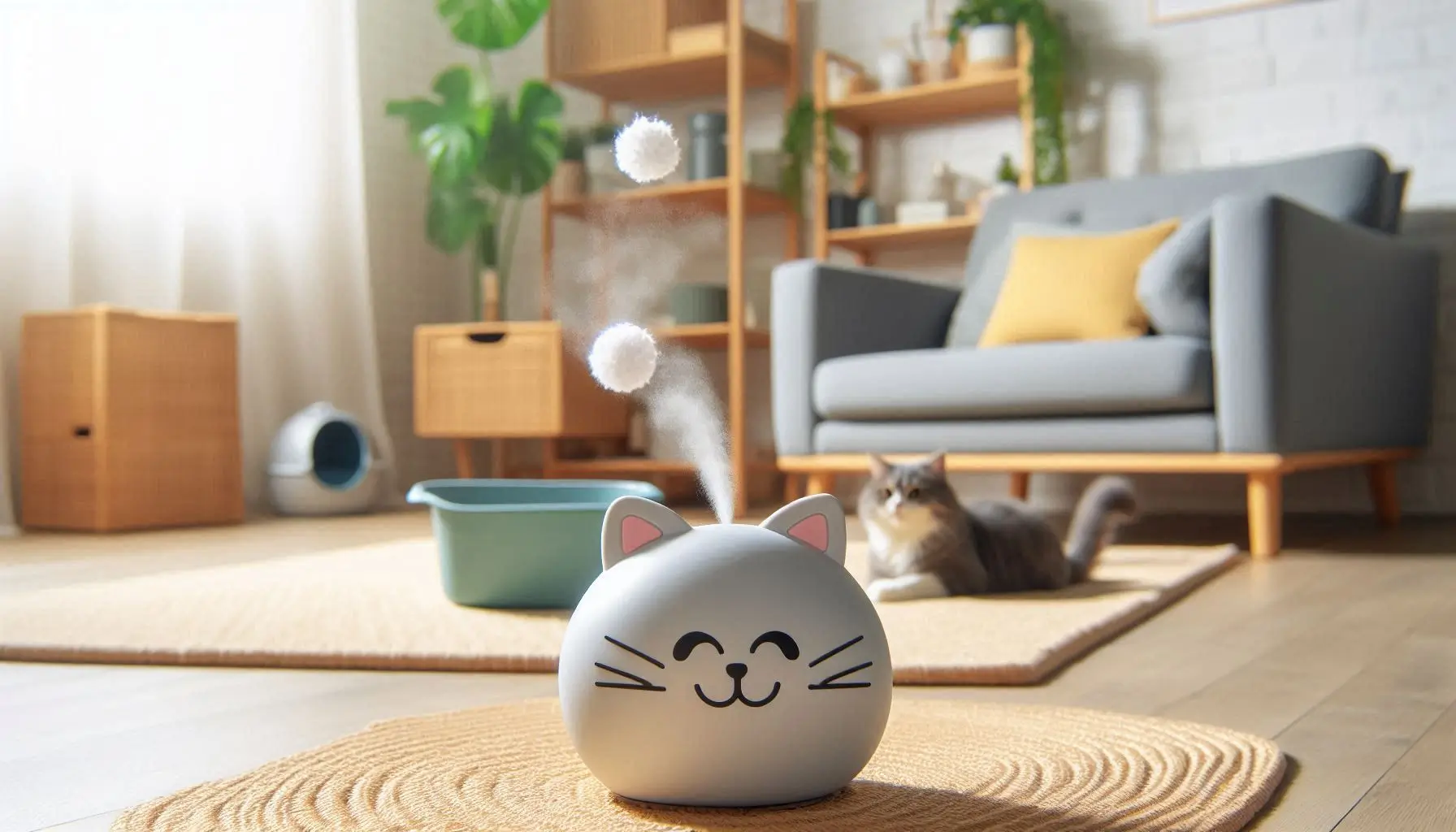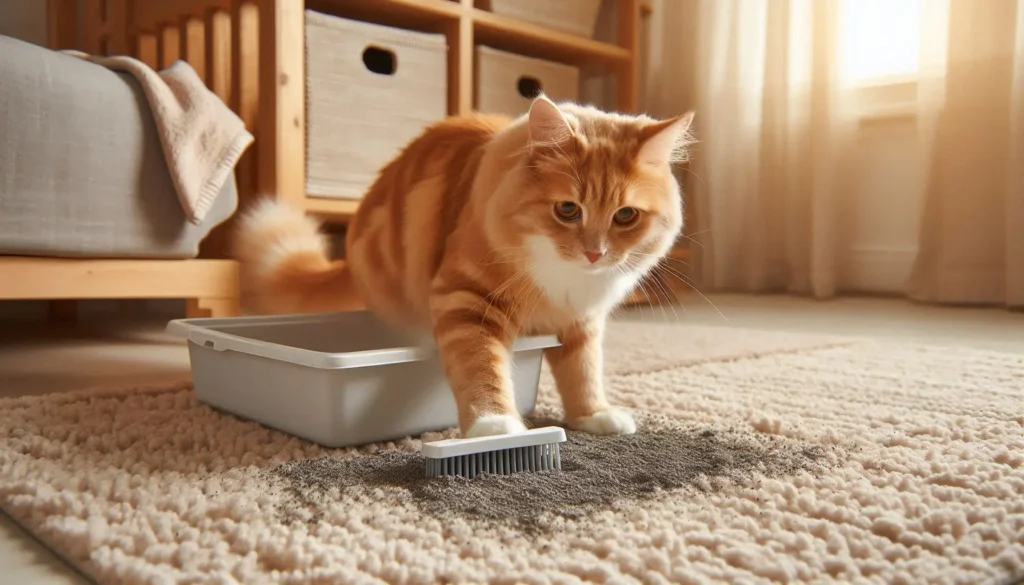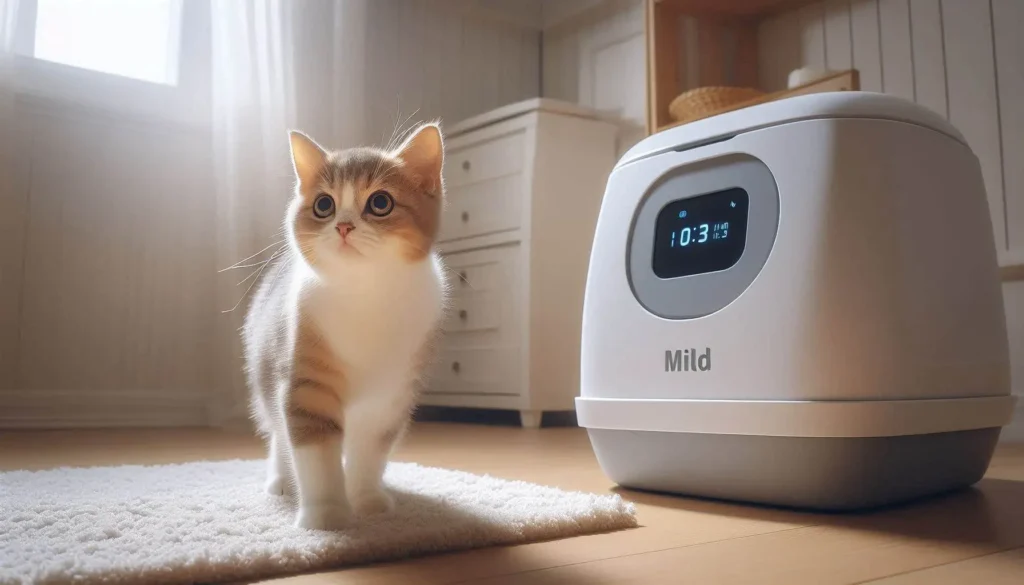How to eliminate cat litter odor? here are our Best 6 tips
We independently research, review, and recommend the best products—If you buy something through our links, we may earn an affiliate commission.

We all appreciate our fluffy, cute companions. But there come times when our patience is heavily tested. And a smelly litter box is one of them.
Cat litter odor can be a persistent and unpleasant problem for us. That’s why it’s important to follow certain guidelines in order to control and remove these odors.
Luckily, we came up with the best and safest solutions that will help you with any disturbing litter odor in your home.
How to eliminate cat litter odor?
Here are the best 6 tips for eliminating cat litter odor at your house:
1. Maintain a regular cleaning schedule
Cleaning the litter box regularly is a must for the well-being of our cats. They wouldn’t expect anything less from us.
It is recommended to scoop out the solid waste at least once a day and spot-clean the litter box as needed. This will help maintain freshness and prevent odors. The whole litter should be replaced every 1-2 weeks as required.
2. Use the right type of litter
Litter is the main ingredient in controlling and trapping odors. Using the right type of litter will help you tremendously with the odor problem. We recommend using a litter with activated charcoal or baking soda, like the Fresh Step Advanced Clumping Cat Litter. In case you’re looking for a natural option, PrettyLitter and ökocat Natural Wood Cat Litter are excellent eco-friendly alternatives for odor control.
3. Use a generous amount
4. Place the litter box in a well-ventilated area
Make sure the area around the litter box is calm and well-ventilated to help dissipate odors. It will also help your cats stay comfortable doing their thing. It’s preferable that the litter boxes stay as far as possible from the main living room. In this post, we have listed the most 3 crucial factors to consider while placing a litter box.
5. Opt for a covered litter box
A covered litter box can help keep odors at bay far better than an opened one. Select a litter box with a lining that prevents litter from accumulating and sticking inside. To save you time, we’ve collected a list of the most pet-friendly covered litter boxes that match these requirements. Our best choice is the Catit Hooded Cat Litter Pan, which is known for its non-sticky interior and its superior odor control performance.
6. Use a Safe deodorant
There are many types of agents specifically made to control odors, such as baking soda, charcoal, or zeolite. Adding a small amount within the litter will noticeably help absorb moisture and reduce the urine odor.
Arm Hammer Litter Cat Litter Deodorizer Powder is popular among pet parents for its high efficiency in odor control. You can mix it directly with the litter you’re using and add a layer at the bottom for maximum effectiveness.

Frequently Asked Questions
According to the 2022 ISFM/AAFP Cat Friendly Veterinary Environment Guidelines published in the Journal of Feline Medicine and Surgery, the litter box should be 1.5 times the length of your cat from the nose to the tip of the tail. Whereas the width should be equivalent to your cat’s length, the tail is not included. A cat that is about 18 inches long needs a litter box that measures 27” long by 18″ wide. A litter box that most likely doesn’t exist out there. That is why it is best to select the largest and nicest litter box for your beloved cats.
It is recommended that you use a maximum of 2 inches to 4 inches of litter in your litter box. If there are numerous cats using the litter box, you’ll need 3 to 4 inches of litter to absorb all that urine and clump around.
In fact, anything less than 2 inches will cause unpleasant odors to develop as well as a high probability of inappropriate elimination. On the other hand, too much litter will lead to a mess since most cats will simply kick it outside.
Research was conducted and published in the Journal of Feline Medicine and Surgery regarding this subject. The results showed that out of 28 different cats, 4 showed a preference for covered litter boxes and 4 for open litter boxes. The rest of the cats were happy to use any type of box they provided as long as it was well-cleaned.
This only shows that our cats have unique preferences, and only by getting to know them will we be able to fulfill their needs in the best way possible.
If you have one cat at home, you’ll most likely need to change clumping cat litter every 2–3 weeks. However, if you’re using a non-clumping litter, you’ll have to change the litter completely twice a week.
If you have an automatic litter box, you can perform a deep cleaning once a month. Unless, of course, there is a problem of feces scattering or building up inside the litter box. You will need to clean it more often in that case.
If you have a manual litter box, the litter should be scooped and cleaned at least twice a day.
Cats love to have their cat litter boxes in a corner that is calm, private, and accessible. You’ll also need to keep food away from this spot in order to leave this space dedicated to sanitary activities.


